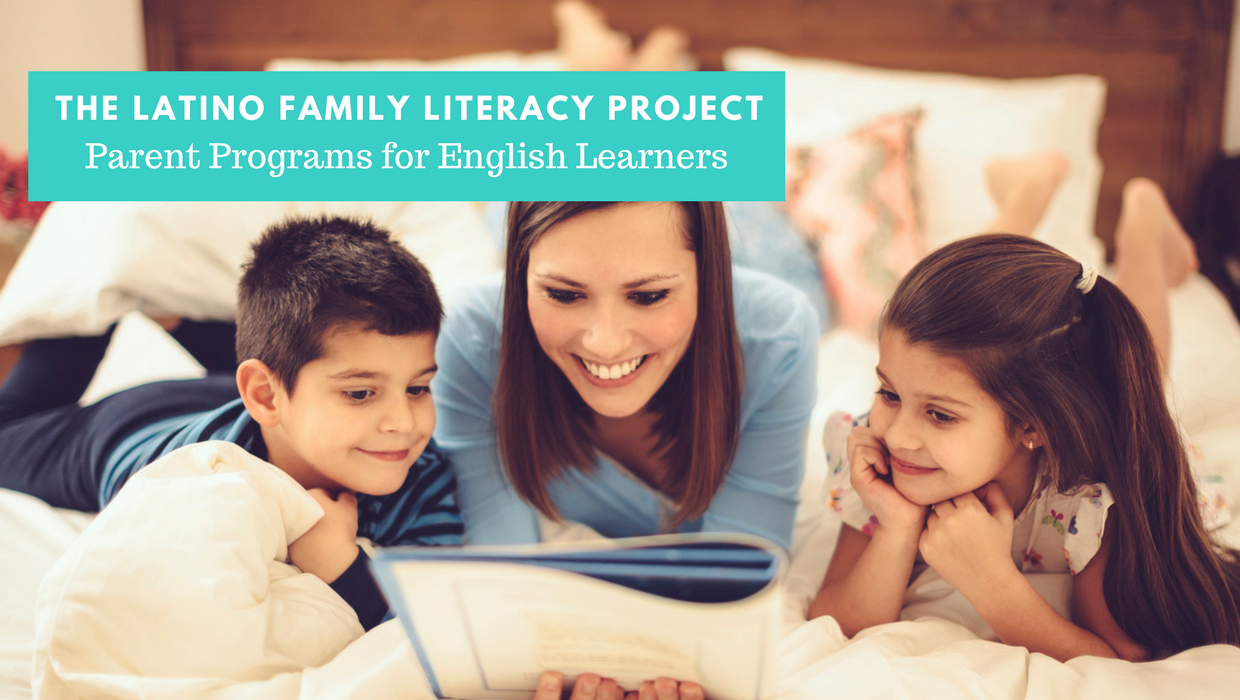A Quick Brief on Family Engagement in ESSA 
New guidelines and changes have been made to Title III in the recently released and reauthorized ESSA, most notably, the transference of English Language Proficiency (ELP) accountability from Title III to Title I, and the establishment and implementation of entrance and exit procedures for English learners (ELs). In general, these changes have placed an increased focus on English learners under Title I, meaning that Title I funds can now be used to establish English language proficiency standards and assessments, identify struggling ELLs and notify their parents, and for EL parental involvement. Download PDF for A Quick Brief on Family Engagement in ESSA.
Additional changes to the statue include:
- A 5% set-aside that allows SEAs to recognize and reward LEAs who have exemplified improved EL achievement and progress;
- SEAs may also use the 5% set-aside to allow for professional development and support teams that address new EL policies and provide assistance to LEA EL staff;
- The use of both Census Bureau data and state counts in combination to determine Title III allocations;
- State Education Agencies (SEA) must describe in their plans how they will assist Local Education Agencies (LEA) receiving sub-grants in their efforts to educate ELs;
- LEAs are required to report to SEAs of the programs and activities that were implemented for the education of ELs and provide data on the “percentage of ELs who are: making progress in achieving English proficiency (disaggregated for students with disabilities); attaining English proficiency; exiting language instruction programs for ELs; meeting state academic standards (for each of the four years after they exit EL status, and disaggregated for students with disabilities); and not achieving English proficiency after four years of their initial classification as EL.”
With these changes, State Education Agencies (SEA) have a lot to consider as these new statutes came into effect for the 2017-2018 school year. The Council of Chief State School Officers (CCSSO) has provided an excellent resource document to aid SEAs in the decision-making process. You can also view the Title III and ESSA guidance report released by the U.S. Department of Education here.
Here are the latest guidelines regarding the ESSA and Parent Engagement:
• State Plans involve stakeholders (parents, too)
• Local district plans
• Written family engagement policies
• Evidenced based strategies with evaluation
• School-Parent Compacts
• Building Capacity
• Funds/Set Aside
• Supports Partnerships
• Voluntary Parent Advisory Board
• Statewide Family Engagement Center
The Latino Family Literacy Project will continue to provide updated information about ESSA and changes to education in 2018, as more information is released. The Latino Family Literacy Project can provide award-winning training for parent programs that are evidence based and use evaluations to measure the success of the program.
